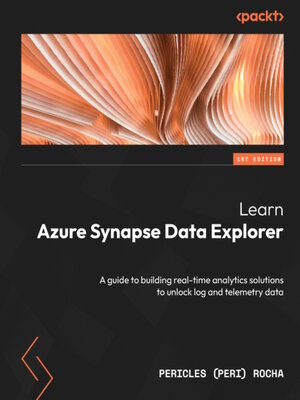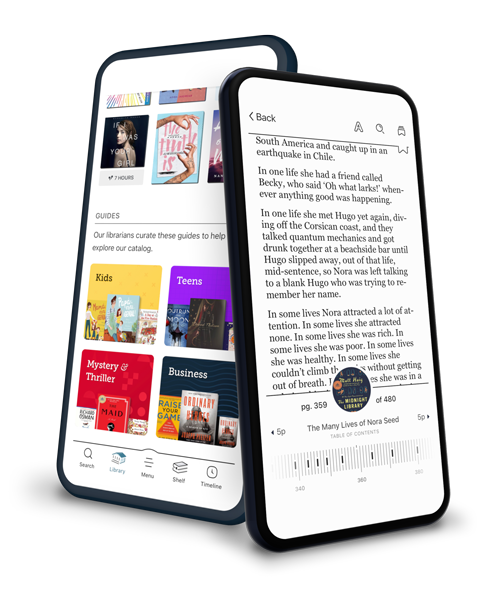
Learn Azure Synapse Data Explorer
ebook ∣ A guide to building real-time analytics solutions to unlock log and telemetry data
By Pericles (Peri) Rocha

Sign up to save your library
With an OverDrive account, you can save your favorite libraries for at-a-glance information about availability. Find out more about OverDrive accounts.
Find this title in Libby, the library reading app by OverDrive.



Search for a digital library with this title
Title found at these libraries:
| Loading... |
A hands-on guide to working on use cases helping you ingest, analyze, and serve insightful data from IoT as well as telemetry data sources using Azure Synapse Data Explorer
Free PDF included with this book
Key FeaturesLarge volumes of data are generated daily from applications, websites, IoT devices, and other free-text, semi-structured data sources. Azure Synapse Data Explorer helps you collect, store, and analyze such data, and work with other analytical engines, such as Apache Spark, to develop advanced data science projects and maximize the value you extract from data.
This book offers a comprehensive view of Azure Synapse Data Explorer, exploring not only the core scenarios of Data Explorer but also how it integrates within Azure Synapse. From data ingestion to data visualization and advanced analytics, you'll learn to take an end-to-end approach to maximize the value of unstructured data and drive powerful insights using data science capabilities. With real-world usage scenarios, you'll discover how to identify key projects where Azure Synapse Data Explorer can help you achieve your business goals. Throughout the chapters, you'll also find out how to manage big data as part of a software as a service (SaaS) platform, as well as tune, secure, and serve data to end users.
By the end of this book, you'll have mastered the big data life cycle and you'll be able to implement advanced analytical scenarios from raw telemetry and log data.
What you will learnIf you are a data engineer, data analyst, or business analyst working with unstructured data and looking to learn how to maximize the value of such data, this book is for you. If you already have experience working with Azure Synapse and want to incorporate unstructured data into your data science project, you'll also find plenty of useful information in this book. To maximize your learning experience, familiarity with data and performing simple queries using SQL or KQL is recommended. Basic knowledge of Python will help you get more from the examples.






